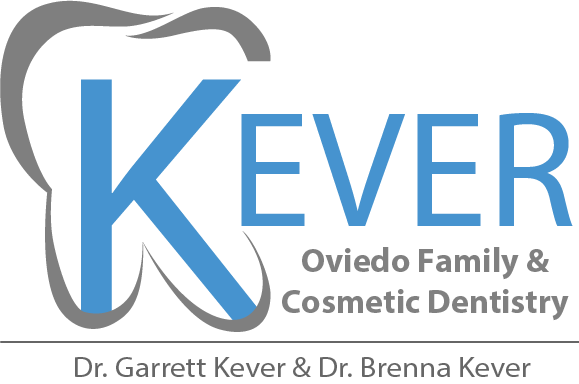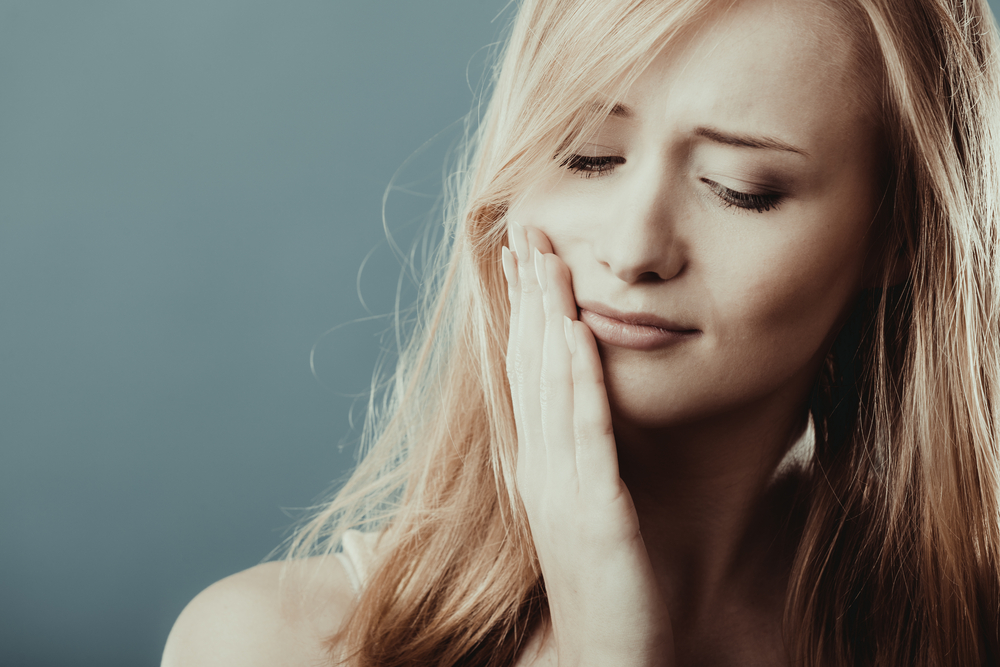Common symptoms of overloaded jaw joints and/or muscles:
- headaches
- difficulty with chewing (frequently noticed in the morning)
- difficulty opening wide
- jaw locking open or closed
- habitual stretching of the jaw
- rubbing the jaw or temple area
- clicking and popping noises in the joint space accompanied by pain
- tooth soreness
Patients will frequently refer to these symptoms by saying they “have TMJ,” which is actually a misnomer. All patients have TMJ; the acronym TMJ simply refers to the jaw joint itself (the Temporomandibular Joint). The symptoms mentioned above may be related to either TMJD (Temporomandibular Joint Disorder/Dysfunction), myofacial pain, or a combination of the two. TMJD and myofacial pain are both generally associated with clenching and/or grinding of teeth. Fortunately, the majority of these patients will find relief with a combination of an occlusal splint and physical self regulation. Physical self regulation is a monitoring process in which a patient becomes aware of their parafunctional habits and is coached on how to reduce or eliminate these habits during the daytime. The occlusal splint then corrects for these habits when we are sleeping, and unable to self-regulate.
What is an occlusal splint, or night guard?
An occlusal splint, commonly called a “night guard” is a hard, acrylic or resin appliance typically worn at night. A common misconception is that an occlusal splint functions solely for protection of teeth. When correctly fabricated, an occlusal splint can actually alleviate and prevent multiple issues simultaneously, including TMJ dysfunction, gingival (gum) recession, and headaches, in addition to protection from tooth destruction. An occlusal splint corrects imbalances in bite forces, thereby relaxing the overworked muscles of the jaw and protecting the surrounding structures from adverse forces. Relaxation of jaw muscles reduces load on the jaw joint, providing relief of muscle tension, as well as pain reduction in the muscles and joint space.
What should I expect?
Fabrication of the occlusal splint itself is a quick process, but to achieve relief requires skillful adjustment of the splint by an experienced dentist. At the first appointment an impression is made with a digital scan and sent to a specialty dental laboratory. The laboratory creates a custom splint designed for the patient’s mouth and bite forces. The splint is received from the laboratory, and the dentist and patient have a second appointment- the delivery appointment. A meticulous delivery appointment is essential for correct function of the splint. The dentist first tries in the splint, ensuring a passive, yet snug fit. The dentist then carefully assesses and adjusts the bite forces in static and dynamic movements. This can be a process taking several minutes; correct adjustment is absolutely critical to reduce forces on the muscles and joints and achieve the sought after relief.
After full and successful adjustment, the patient takes their beloved splint home. Patients generally notice some level of relief after their first night wearing a splint. We encourage an acclimatization period, wearing the splint for an hour before bed (after toothbrushing, flossing, and rinsing, of course!) for the first several nights. This allows a patient to adapt to their splint before laying down to sleep. It may take up to three weeks to become fully adapted to nightly wear. To care for their splints, patients should brush their splint with soap and water (no toothpaste!) before putting it in, and after taking it out. A case will be provided, and the splint should be allowed to air dry between uses. Patients may be seen for follow-up adjustments, as the bite may change as muscles relax and joint inflammation subsides.
What if I can’t stop clenching during the day?
Between the occlusal splint and physical self regulation, the vast majority of patients are able to achieve relief of their symptoms. In instances when patients find themselves unable to address their parafunctional habits with physical self regulation, adjunctive therapies may be necessary. Physical Therapy, Chiropractic, pharmacological treatment, and Botox therapy may be options for these patients.
Ready to start feeling better? Contact our office to schedule a consultation.
Helping patients find relief from their chronic pain is an incredibly gratifying process. We are proud of all the patients we’ve helped, and would love to talk with you if you’re struggling with pain. Please reach out to our office to set up a consultation. You can call, text, email, or submit an appointment request form online. We make it easy to find relief.
This article is intended to promote understanding of and knowledge about general oral health topics. It is not intended to be a substitute for professional advice, diagnosis or treatment. Always seek the advice of your dentist or other qualified healthcare provider with any questions you may have regarding a medical condition or treatment.

